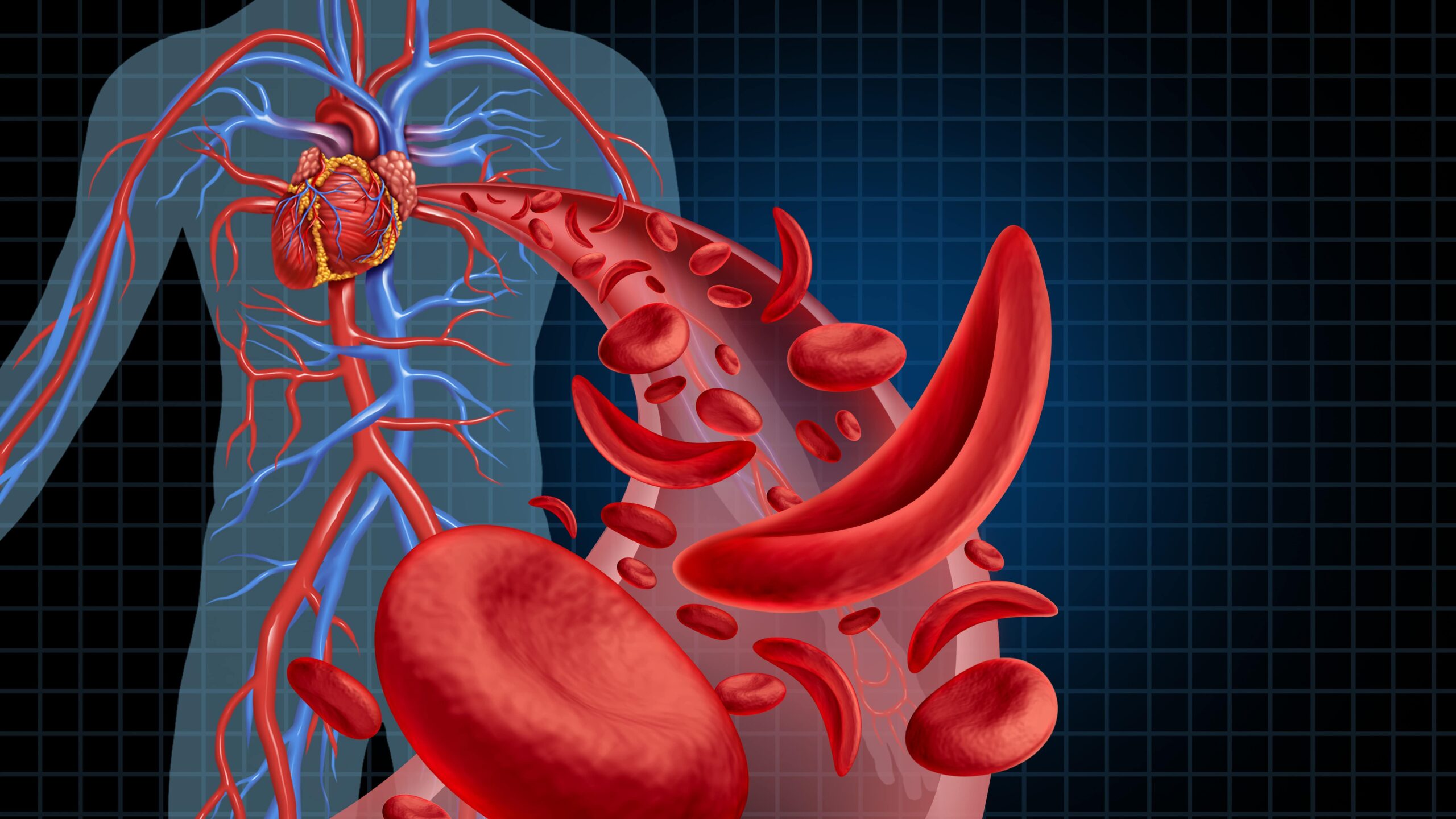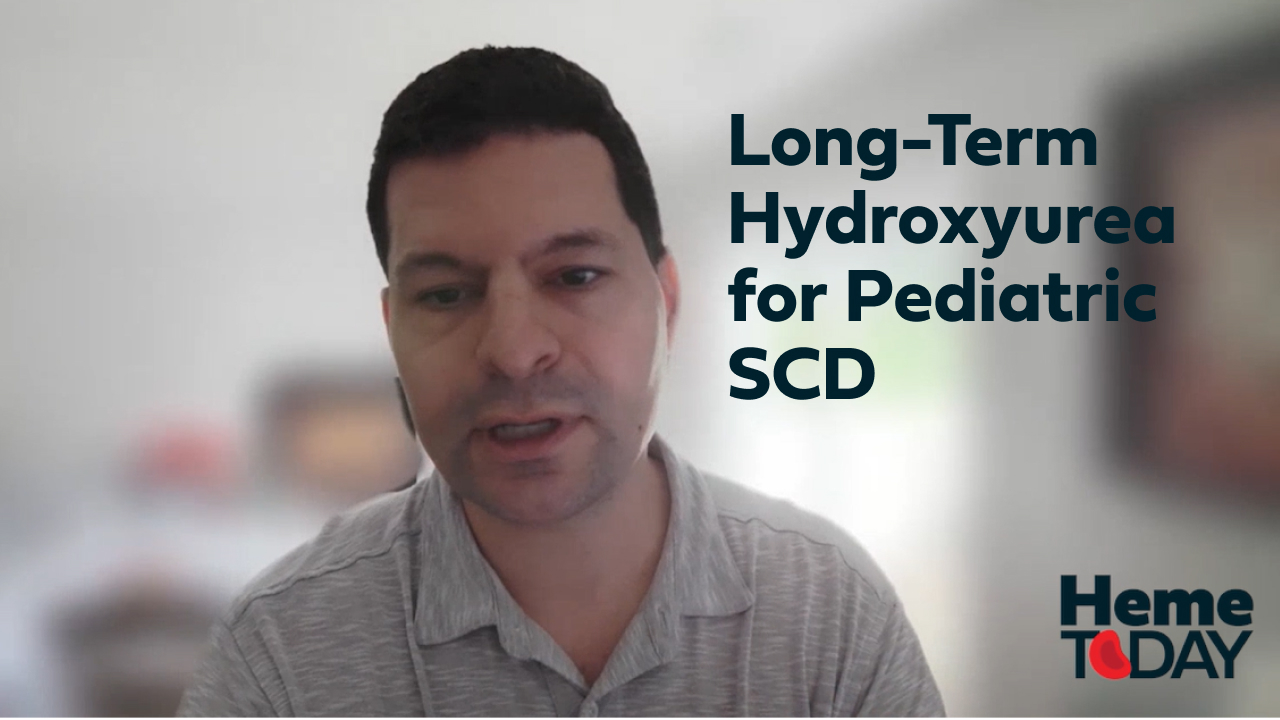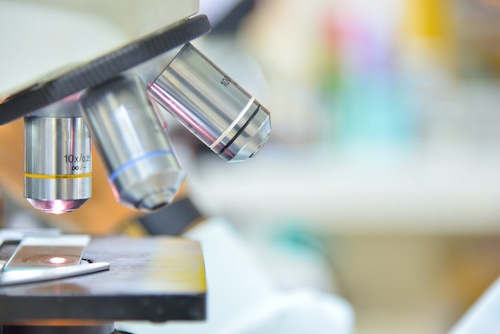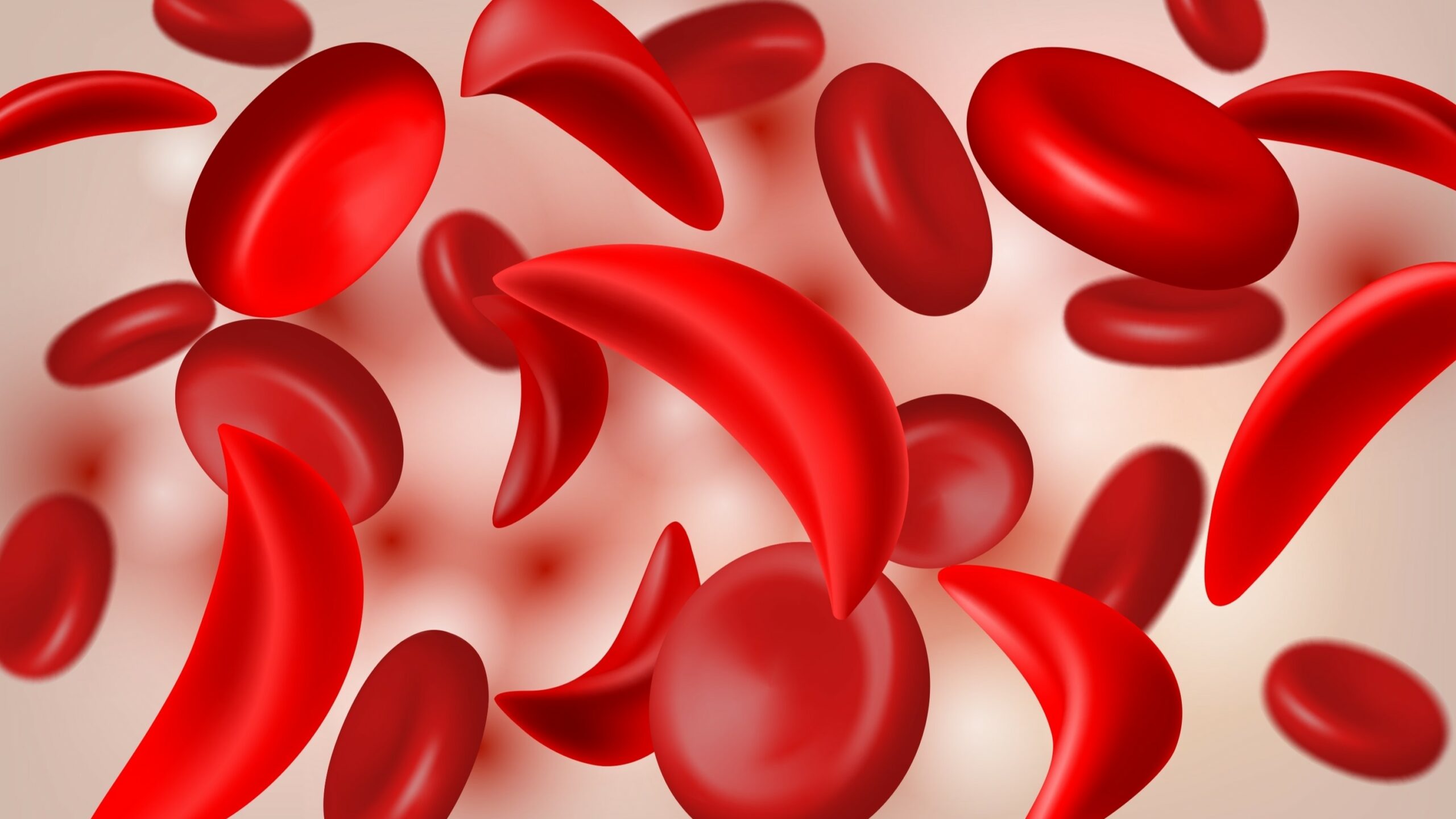
In patients with sickle cell disease and history of stroke, a one-time treatment with lovotibeglogene autotemcel (lovo-cel) achieved a durable biologic effect and clinical benefit, according to data presented at the 66th American Society of Hematology Annual Meeting & Exposition.1
Results showed sustained hemoglobin AT87Q (HbAT87Q) production in patients treated with lovo-cel. At a median follow-up of 47.7 months, vaso-occlusive episodes (VOEs) and serious VOEs (sVOES) were eliminated. VOE elimination included 100% of pediatric patients achieving a VOE complete response (VOE-CR) or sVOE-CR and 96.7% of patients who had fewer than 10 annualized VOEs per year at baseline achieving a VOE-CR or sVOE-CR.
“These data demonstrate that the significant clinical benefits of lovo-cel for people living with sickle cell disease are durable through continued long-term follow-up,” said Stacy Rifkin-Zenenberg, DO, a hematologist-oncologist and the section chief of pediatric pain and palliative are at Hackensack Meridian Health, in a press release.2
The pharmacodynamic efficacy of lovo-cel was shown in correlation analyses at the six-month time point and at last follow-up. The patients analyzed included an initiated mobilization cohort of 71 patients and a transplant population of 58 patients. Overall exposure to lovo-cel was 195.6 participant-years, and the longest follow-up was 79.4 months (6.6 years). At six months, the median percentage of HbAT87Q was 50.1% (29.8%–63.0%), and at last follow-up, the median HbAT87Q was 49.7% (27.3–63.2%), according to data from 52 patients. Data from 53 patients showed that the total Hb at the last visit was 12.4 (6.6–15.1 g/dL).
“Additionally, the number of patients treated, and duration of follow-up, has enabled detailed exploration of the pharmacology and mechanism of action of LVV gene therapy for sickle cell disease, providing even greater support that one-time treatment with lovo-cel has the potential to permanently address the underlying cause of sickle cell disease,” Rifkin-Zenenberg said.2
Safety data from day one through last follow-up came from 58 patients from HGB-206 group C and HGB-210. The safety profile of lovo-vel in this analysis was consistent with previous response. The majority of the treatment-emergent adverse events (TEAEs) occurred within one year after treatment with the agent, and 96.6% were grade 3 or higher.
The most common lovo-cel–related AEs were anemia (3.4%), abdominal discomfort, decreased diastolic blood pressure, myelodysplastic syndrome, and nasal congestion—each of which occurred in 1.7% of patients. Only 3.4% of the safety population experienced lovo-cel–related serious AEs.
Notably, all 50 patients who were efficacy evaluable and achieved a globin response maintained that response through the last visit.
References
- Rifkin-Zenenberg S, Kanter J, Kinney M, et al. An update on lovotibeglogene autotemcel (lovo-cel) clinical trials for sickle cell disease (SCD) and analysis of early predictors of response to lovo-cel. Abstract #511. Presented at the American Society of Hematology Annual Meeting & Exposition; December 7-10, 2024; San Diego, California.
- Bluebird bio presents positive long-term data on LYFGENIA™ (lovotobegligene autotemcel) gene therapy for sickle cell disease at 66th American Society of Hematology (ASH) Annual Meeting and Exposition. News release. Bluebird bio, inc. December 8, 2024. Accessed December 19, 2024. https://investor.bluebirdbio.com/news-releases/news-release-details/bluebird-bio-presents-positive-long-term-data-lyfgeniatm







 © 2025 Mashup Media, LLC, a Formedics Property. All Rights Reserved.
© 2025 Mashup Media, LLC, a Formedics Property. All Rights Reserved.